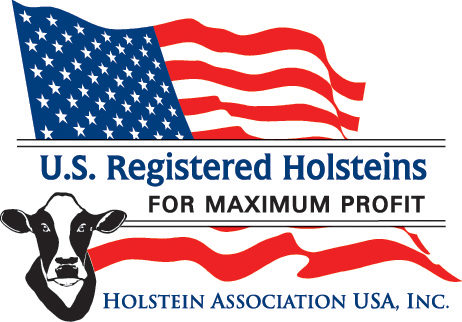I recently returned from attending the Western Dairy Management Conference in Reno, Nevada. Attendance at the event exceeded that from 2011 – the last time the conference convened. This was encouraging given that the dairy industry continues to be a volatile marketplace.
Still, several I talked to made the comment that it seemed there were more sales reps and industry consultants in attendance than dairymen. Final confirmation of such will still be weeks away when registrations are counted and analyzed.
Regardless, the observation underscores a fact: Our industry is consolidating. But how fast?
This question is always on my mind this time of year as I attend many industry events and as predictions for the upcoming year’s milk price are often pessimistic. At the same time each year, Progressive Dairyman also reviews the USDA’s National Agricultural Statistics Service’s 2012 preliminary milk production report.
We’ve pulled out the most critical measurements from the data and displayed them on a large, pull-out poster. This issue contains one free copy for you. (Contact me if you’re interested in receiving more copies.)
One of the most interesting presentations at the conference in Reno came from Torsten Hemme of the International Farm Comparison Network .
He explained how his group of worldwide dairy researchers categorizes the demographics of every country’s dairy industry. They stereotype dairies into one of three categories – household farms, family farms and business farms.
Most dairies in the world fit into the “household farm” category. In fact, few would likely know that the world’s average herd size is three cows. These dairies exist solely to provide nutrition for the families or villages that own and milk these cows.
Seventy-eight percent of the world’s dairies fall into this category. These dairies are not high-production, yet they harvest about one-third of the world’s milk supply, much of which is consumed locally.
“Family farms” have up to 300 cows and are characterized by the fact that most of the labor is done by the family. While they might provide some income, these families likely have another income besides that of the farm. Twenty-two percent of the world’s farms fit into this category.
“Business farms,” or those that exist to make a profit for their owners or investors, make up less than 1 percent of the world’s dairies. But these dairies produce one-third of the world’s milk.
Most of our country’s dairies are family or business farms. (Interestingly, Torsten predicted that 2013 would be an up-year for worldwide dairy prices. It was welcome optimism among the crowd of mostly business farms in attendance.)
This issue contains an interesting article about Nassim Taleb’s new book, Anti-Fragile . ( Click here to view this article) I have not yet read it, but it’s on my to-read list. The review includes data on the half-life of U.S. dairies. USDA statistics show that the number of operations with dairy cattle – both milking them for consumption at home or for marketing – halves itself every 12 years.
I was curious if that rate was different for licensed dairies – only those that milk with the purpose of marketing it – those family and business farms. It was not.
Using linear regression analysis to estimate number of licensed dairies in the past, I estimate that the half-life of licensed dairies is slightly longer than 12. History shows every 16 years one in every two licensed dairies will go out of business.
I also calculated the predicted weighted-average half-life of U.S. dairies by herd size. (The average was weighted for number of licensed operations per state.)
What it showed was that states with average herd sizes between 100 and 500 cows – two-thirds of all states – had a half-life that was faster than or equal to the national average of 16 years.
I’ve written before about these “teenager dairies.” In the next decade and a half, these dairies seem to be the most at risk for decline. The take-home message for me was – go big or stay small. Either option will give your dairy the best chance to stay alive the longest. PD

-
Walt Cooley
- Editor-in-chief
- Progressive Dairyman
- Email Cooley





